At the intersection of U.S. Route 19 and U.S. Route 460 in Cedar Bluff, Virginia, sits a retail space that opened with optimism and concrete expectations.
Claypool Hill Mall did not arrive quietly. Its construction in 1981 was part of a calculated development push in Tazewell County.
Anchored by familiar names and designed with aesthetic flair - live greenery, fountains, and natural light - it opened to shoppers on March 18, 1982.
What followed wasn't a meteoric rise or collapse but a decades-long navigation of regional retail shifts.
Groundbreaking, Anchors, and Retail Ambitions
The Claypool Hill Mall broke ground in 1981.
The developers, Paul Buskill and Claypool Hill Associates secured a 25-acre lot in a location chosen for access and visibility.
At that time, commercial real estate in rural southwestern Virginia leaned toward practical optimism: modest in scope, firm in purpose.
The initial architectural plan called for a 55,500 square foot Kmart, a 41,500 square foot department store, a 28,900 square foot Piggly Wiggly, and a 10,100 square foot space for a drug store.
Inline shops would cover another 75,600 square feet, enough for 38 separate tenants.
The Piggly Wiggly never came. But the rest did.
March 18, 1982, marked the mall's opening day. Kmart was ready. Early retailers like Sidney's, Kinney Shoes, and Hickory Farms were also involved.
Leggett, the mall's department store, waited until August 18 to host its grand opening.
It brought 43 merchandise departments and 34,000 square feet of space.
Seventy-two people worked behind the counters and in stockrooms.
What set the mall apart was its interior. Developers tried for more than clean tiles and overhead lights.
They put live plants inside. Beds of greenery. Three working fountains.
A community room capable of holding 400 people was part of the original plan, too.
The goal wasn't flash - it was foot traffic. Early tenants leaned on regional familiarity - national chains, but none out of place.
The mall wasn't trying to pull in out-of-town visitors - it was trying to keep locals from driving to Bluefield or Bristol.
The mix of square footage and interior landscaping reflected that strategy clearly.
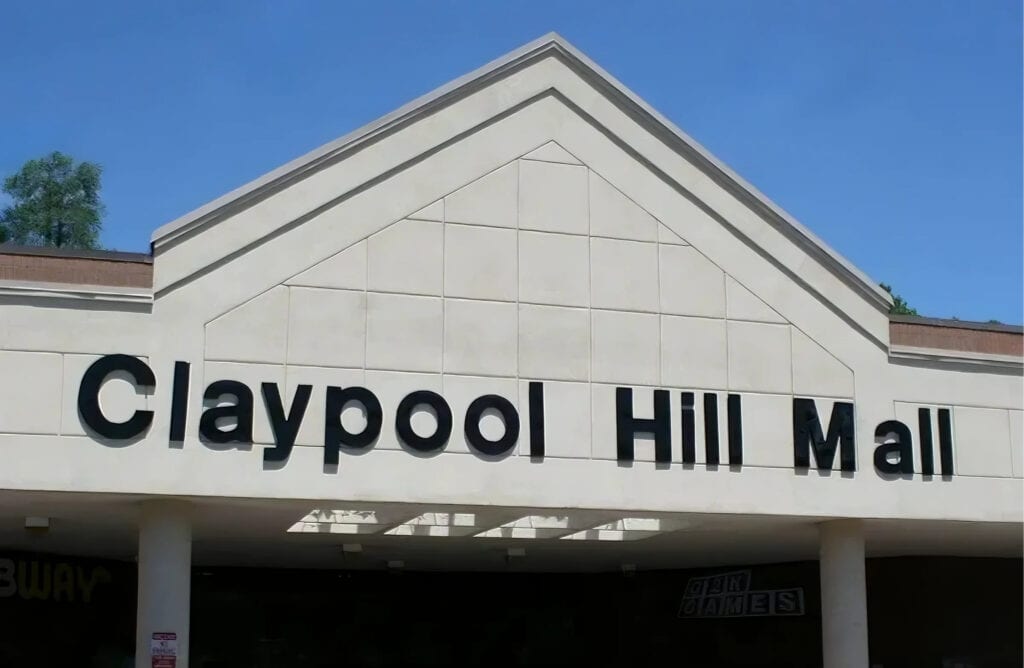
Ownership Deals, Store Turnover, and Branding Shifts in the 1990s
The 1990s brought turnover, expansion, and a reshuffling of names on storefronts.
Some of it was predictable, driven by retail cycles. Some weren't.
In 1994, Food City broke ground on a new store at the edge of the property.
The building covered 33,500 square feet. It opened in June 1995.
This wasn't a move inside the mall - it was a parallel development that gave the overall site more draw: same address, different frontage.
Leggett, the mall's original department store anchor, became Belk in January 1997.
The transition wasn't abrupt. Belk acquired all 31 Leggett locations in Virginia, and Claypool Hill Mall was part of that batch.
The old signage came down, new lettering went up, and store operations continued without a reset.
A 1998 flyer paints a picture of the mall's lineup during the tail end of the decade: Sears, Dollar General, Regis, Disc Jockey, Shoe Show, Merle Norman, and Belk.
No Piggly Wiggly. No Kmart expansion. But still enough to suggest a full tenant directory.
Then, in September 1999, the mall changed hands. Ruby Clifton, who had owned it for over ten years, sold the property to C&J Associates.
The buyers - Tim Carter and Steve Johnson - were based out of Bristol, Virginia, and had five other retail centers in their portfolio at the time.
The sale amount wasn't disclosed. What is clear is that the mall was still viewed as viable commercial property as the decade closed.
New ownership didn't mean overhaul. It meant stability for the moment.
Leasing Activity and Retail Additions in the Early 2000s
By 2000, the Claypool Hill Mall still held value as a retail location, but activity was already starting to spread outward.
A couple from Richlands, Virginia, stepped in that year to announce a new entertainment offering: a multiplex cinema.
Their project, Broadway Cinemas, was built into the mall's footprint, with reclining love-seat seating and a 2,000-square-foot arcade.
It opened on November 1, 2000.
That wasn't the only addition. In April 2001, Dixie Pottery confirmed plans to open at Claypool Hill Mall.
The company had been in business for 44 years, but this was only its second location.
The store opened May 1 and targeted shoppers already familiar with their product lines, especially housewares and seasonal décor.
In 2005, Goody's opened as a junior anchor at the mall.
It had both exterior and mall-side entrances and occupied the end of the wing formerly anchored by Leggett.
The store operated for four years. In 2009, Goody's shuttered, and Belk expanded into the vacated square footage.
None of these moves indicated explosive growth, but they did reflect efforts to keep the mall populated and flexible.
Inline tenants were still present in the early 2000s, but there was no longer a waitlist to get in.
The leasing strategy leaned toward functional reuse - filling gaps without rebuilding - and retail footprints were stretched or split as needed.
The mall adjusted, but quietly.
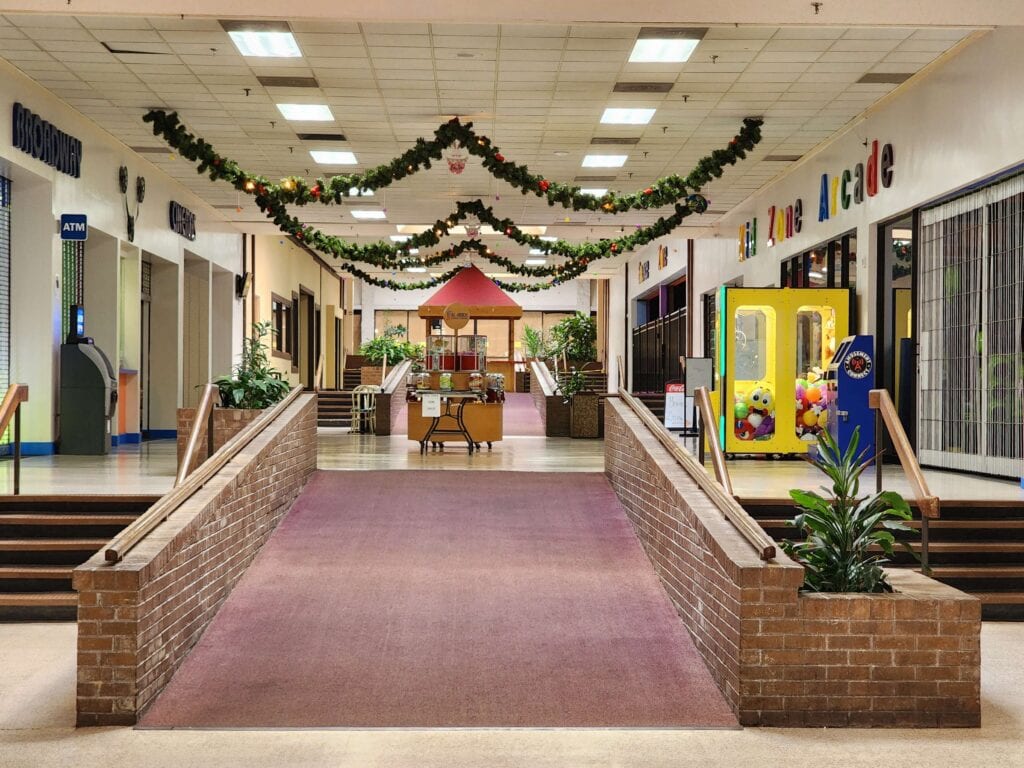
Lease Closures, Anchor Exits, and Shrinking Floor Activity in the 2010s
The 2010s marked a quiet collapse in lease volume for Claypool Hill Mall.
There were no alarms, no dramatic shutdowns - just slow subtraction.
The most visible shift came in 2016.
At the start of the year, Kmart, which had opened as an anchor in 1982, announced it would close its Claypool Hill Mall location by April.
Liquidation began on January 24. Fifty employees worked at the store when the closure was announced.
The space Kmart left behind - over 55,000 square feet - wasn't refilled.
It sat idle. Inside the mall, vacancy crept across units. Inline stores shut down or moved to standalone locations near Route 19.
Mall walkers and weekend foot traffic thinned out.
No new anchor tenants arrived, and no real redevelopment plans were made public.
The fountains, once part of the mall's indoor charm, stopped circulating.
Still, Belk kept operating, and the theater, too. But that wasn't enough to offset the visual of shuttered storefronts and empty corridors.
Unlike in earlier decades, the tenant movement didn't create new openings - it just left holes.
What emerged was a kind of limbo: open doors for a few businesses, closed gates for most.
Even the directory maps, where they still existed, hadn't been updated to reflect what was gone.
The decade ended without any announced plans for revitalization or sale.
Discounting, Reuse, and Adaptive Survival in the 2020s
By 2020, the Claypool Hill Mall wasn't completely vacant, but nearly everything had changed from its original layout.
Then came a shift in 2023 that stood out, if only because it acknowledged the change directly.
Belk, the last full-line department store inside the mall, switched to an outlet format.
The location began offering discounted items pulled from Belk stores across the country.
It marked a move from standard retail to overstock clearance.
The change wasn't cosmetic. It was a full conversion of the business model.
Inventory flowed in from other stores - merchandise that hadn't been sold elsewhere.
Pricing changed. Branding was updated to reflect the new outlet category.
Other tenants remained fragmented. Broadway Cinemas still operates and screens current films.
Anytime Fitness operates with 24-hour access.
The gym uses an exterior entrance and reflects the shift toward service tenants outside the mall's main interior.
The parking lot was still in use, though traffic varied.
On April 13, 2025, Life Church hosted its 10th anniversary service inside the mall.
The event was public and posted on local Facebook pages.
It used the space rather than relying on it as a draw.
As of spring 2025, no plans for redevelopment had been released, and new tenants hadn't been announced.
Claypool Hill Mall still existed and opened its doors, but it operated on reduced terms.
Everything active was reduced, discounted, or repurposed.
🍀

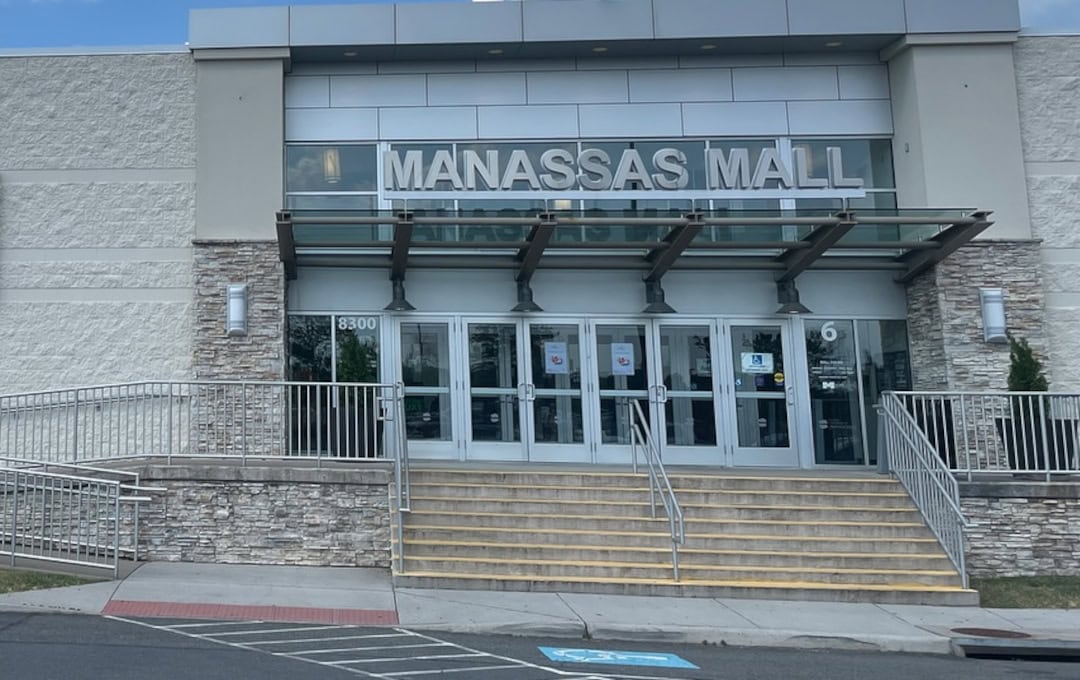
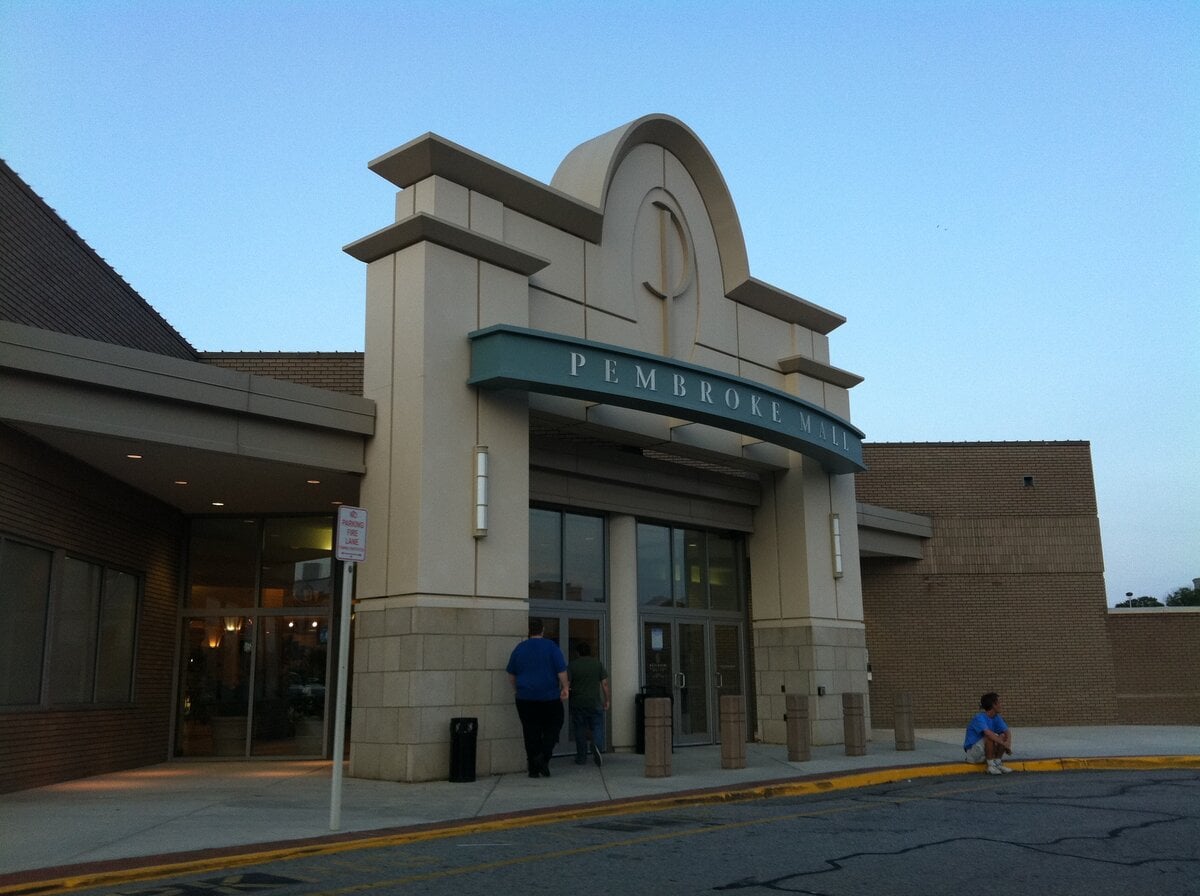
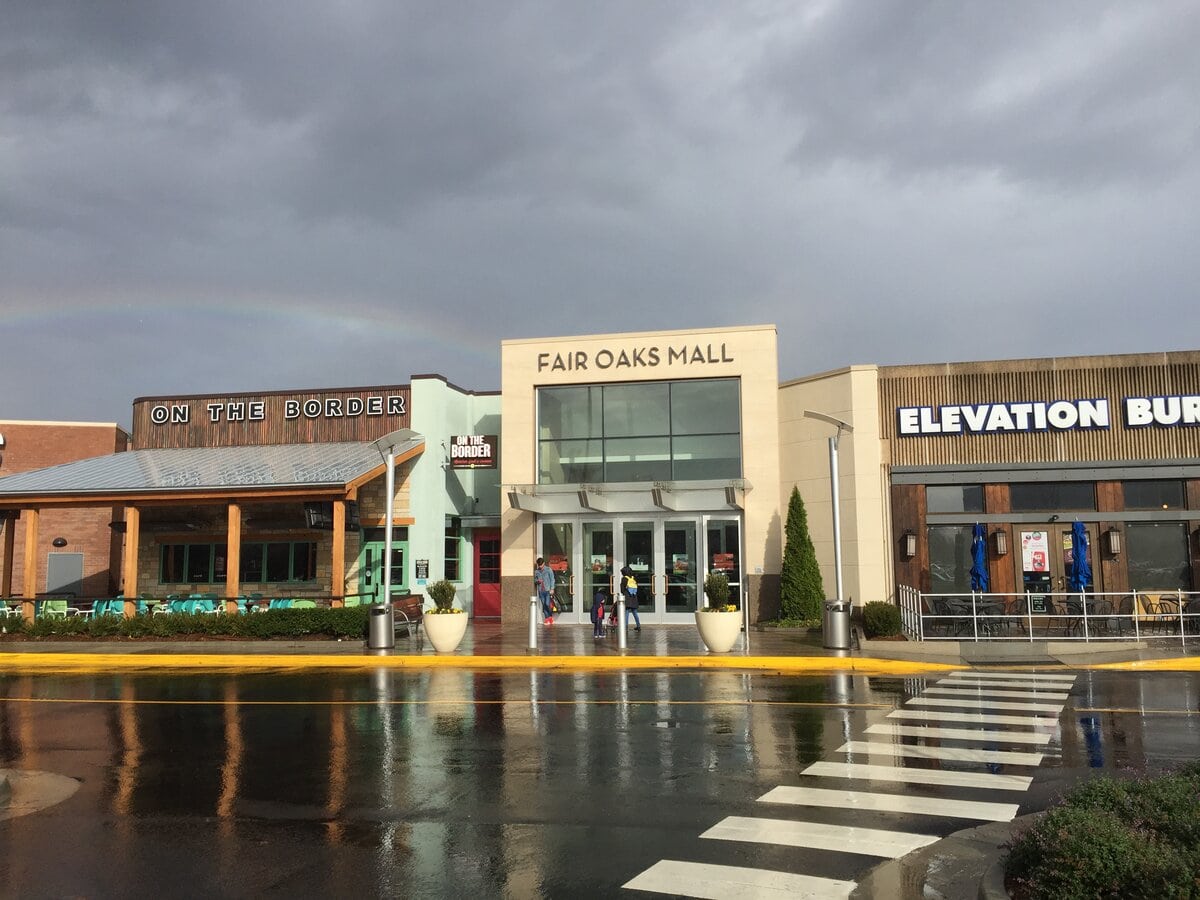
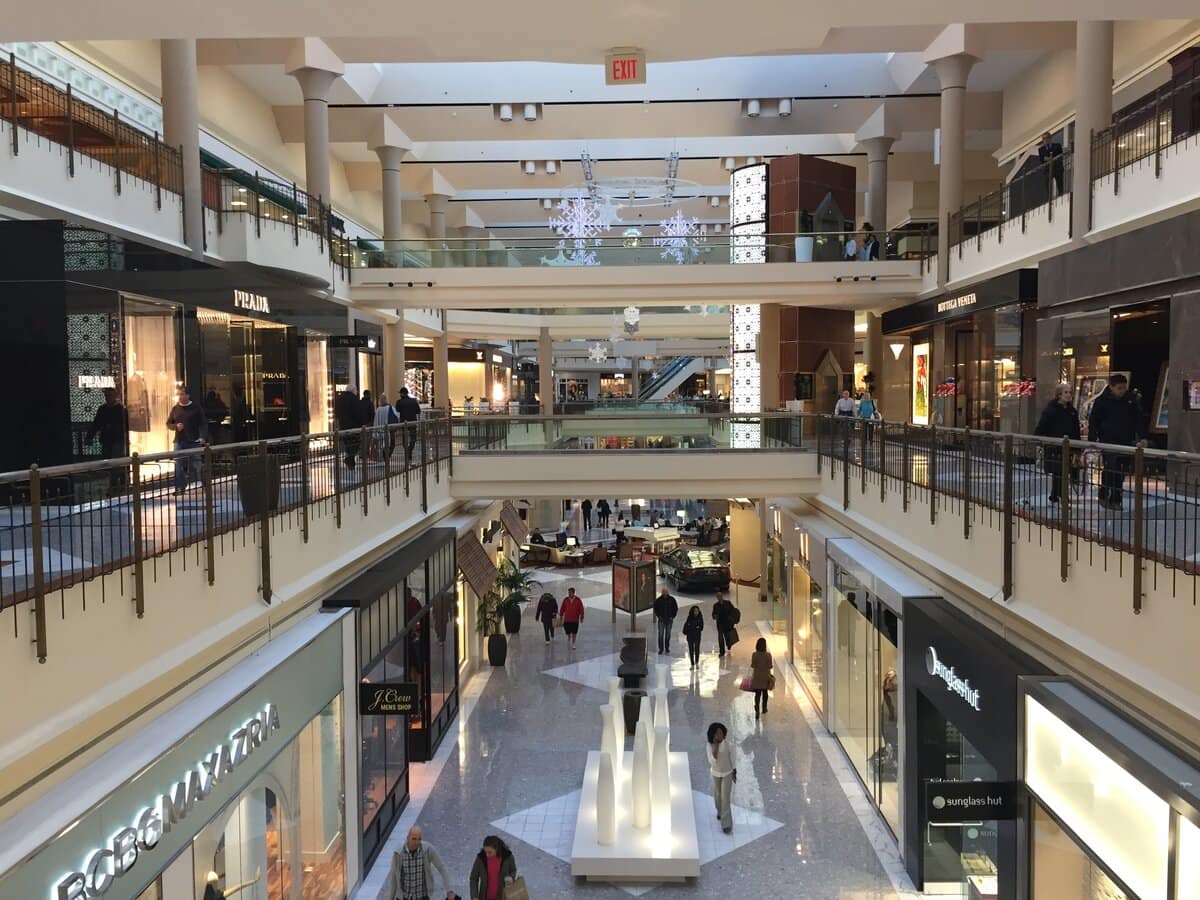
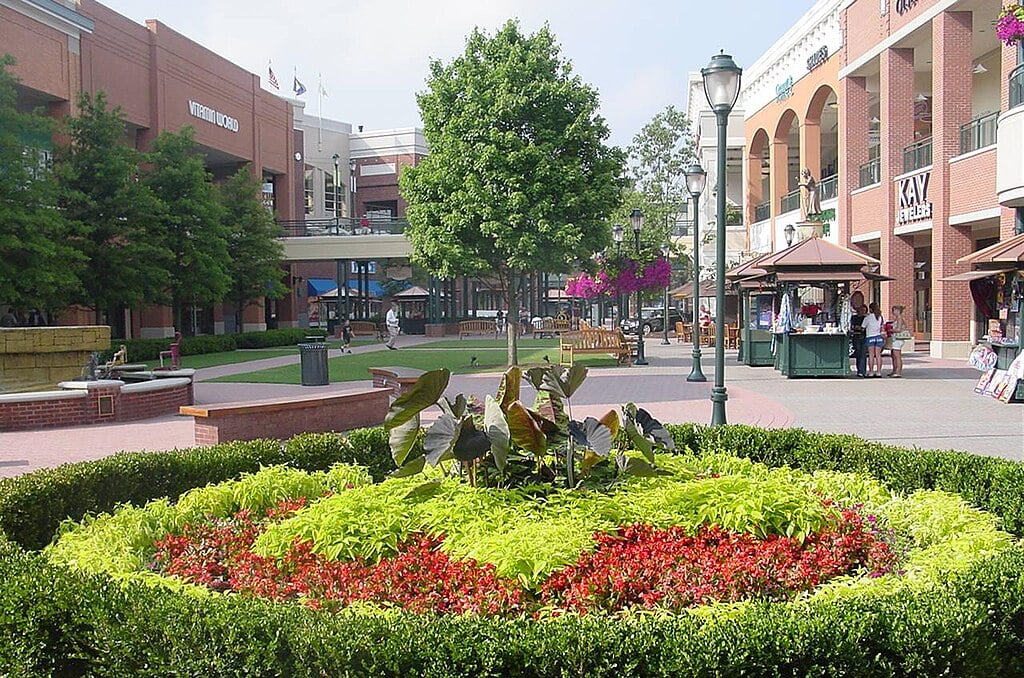
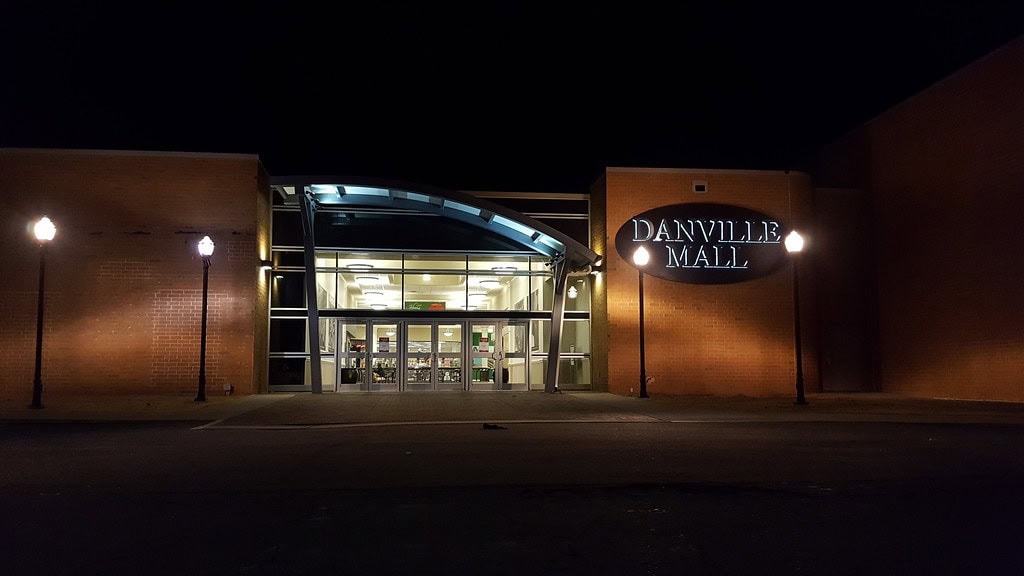
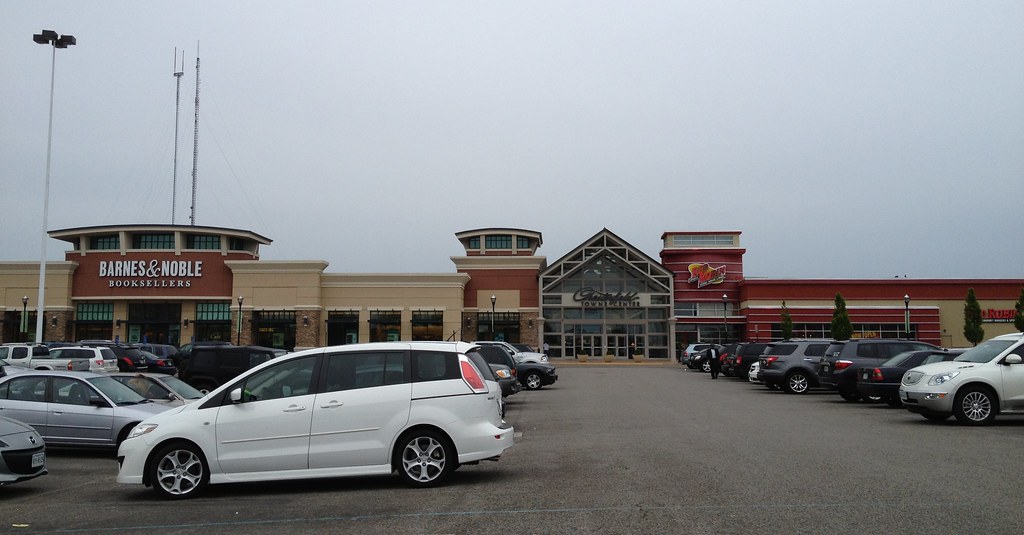
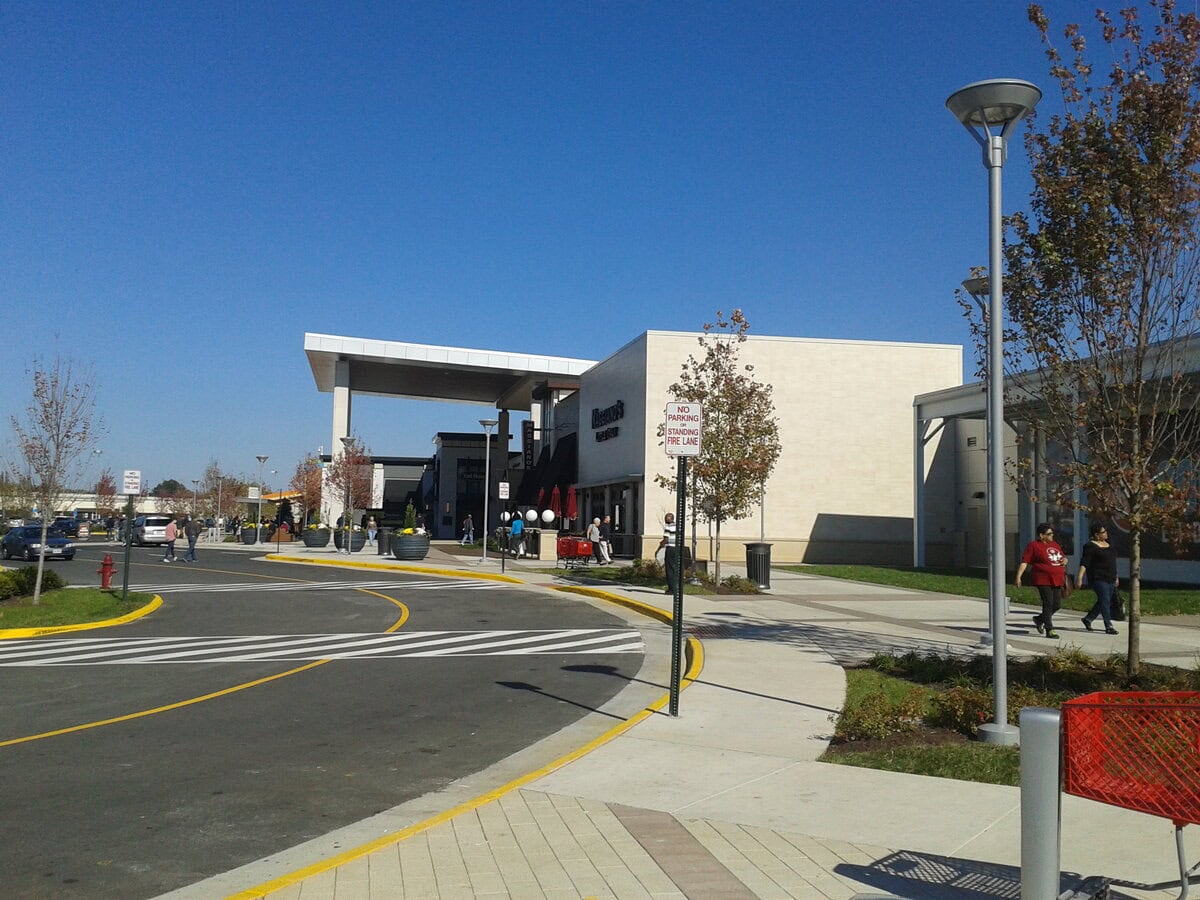
we need more business in claypool hill so we don't have to go to bluefield or Bristol and need steak house
If Bluefield and Bristol are drawing the dollars, that's a signal. What's working there might be worth copying, just closer to home.